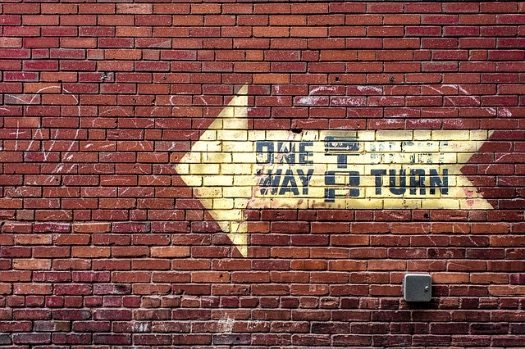
June 9, 2017; Washington Post
The Washington Post recently analyzed the U.S. Centers for Disease Control’s mortality data and found that death rates have increased among people between 25 and 44 across all racial groups. “After a century of decreases, the overall death rate for American’s in these prime years rose eight percent between 2010 and 2015.”
The Post found that much of this is driven by drug overdoes, mostly from opioids. “[A] phenomenon most pronounced among whites in small cities and rural areas appears to be spreading to the nation’s suburbs and biggest cities.” For this age group, death rates have risen not only in almost every racial and ethnic group, but in all the states except for Hawaii and Washington, D.C. Alcohol-related deaths are also on the rise across racial and ethnic groups and homicide is the leading cause among young black people.
The death rate among African Americans is up 4 percent, Latin@s 7 percent, whites 12 percent, and Native Americans 18 percent. For Asian Americans, the rise is statistically insignificant.
The Post found that “before 2010, death rates had been declining for whites, blacks and Hispanics in metropolitan areas of at least 1 million people. Since 2010, the rates are up everywhere…American mortality appears to have reached an inflection point around 2010, in the immediate aftermath of the Great Recession.”
Further, according to Robert Anderson, chief of mortality statistics for the CDC, “preliminary data from the first half of 2016 suggests that the trend is continuing.” Josh Sharfstein, director of the Bloomberg American Health Initiative at John Hopkins, said, “What it reflects is an out-of-control epidemic right now.”
Sign up for our free newsletters
Subscribe to NPQ's newsletters to have our top stories delivered directly to your inbox.
By signing up, you agree to our privacy policy and terms of use, and to receive messages from NPQ and our partners.
While drug overdose deaths are still more than double for whites compared to blacks, Thomas Gilson, a coroner in Cuyahoga County, which encompasses Cleveland, said, “With seemingly purposeful intent, cocaine is now being mixed with fentanyl and its analogues in an effort to introduce these drugs into the African American population.”
According to Michael Botticelli, director of the new Grayken Center for Addiction Medicine at Boston Medical Center, “Addicts want the strongest drugs available, even if they are potentially fatal. He said a dealer arrested in Massachusetts had sent a text message to a colleague: ‘We don’t want to kill them, we just want to bring them to that point.’”
The one factor that affects the death rate is education level. The Post found that “the only 25–44 group whose death rate is not climbing is people with four-year college degrees.” Joan C. Williams, a law professor at University of California who focuses on work and class said a large segment of society “is seeing their grip on the American dream slipping away.”
The death rate is also increasing in other age groups. A 2015 Princeton study by economists Anne Case and Angus Deaton found that whites 45–54 “have been dying at surprisingly high rates since the end of the 20th century.” They noted that these deaths from drug overdoses, alcohol abuse, and suicide appear to be related to the deteriorating labor market and have labeled them “deaths of despair.”
The Post notes that “in modern times, increases in mortality have been rare.” Deaton, who is also a Nobel laureate, said a society where the death rate is going the wrong way signals a society where “there’s something very, very seriously wrong.”
Botticelli notes that not only is treatment not available in certain parts of the country, but there is opposition to effective treatment, with people in favor of jailing people for drug crimes. NPQ wrote recently about U.S. Attorney General Jeff Sessions’ new policy to reverse mandated minimum sentence protections for drug crimes. Botticelli warns that “a criminal, judgmental or moral approach will block effective solutions.”—Cyndi Suarez













